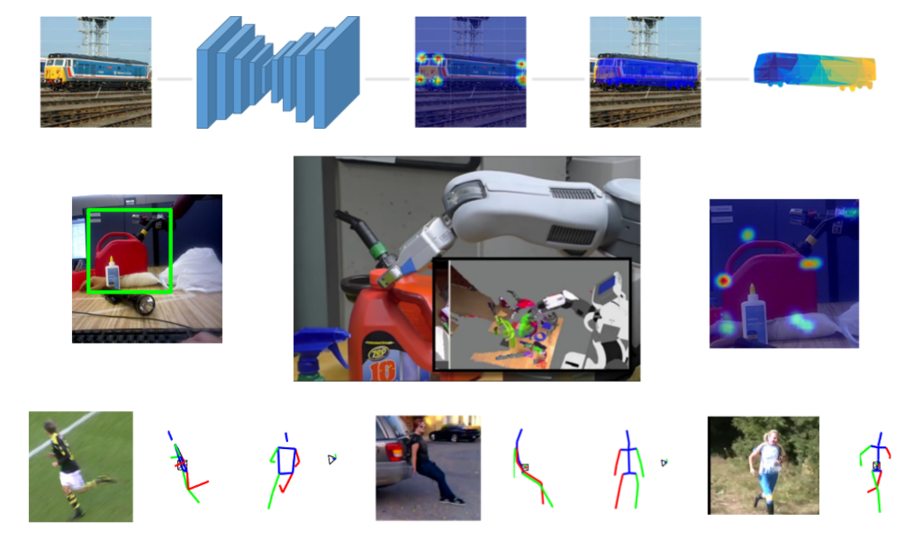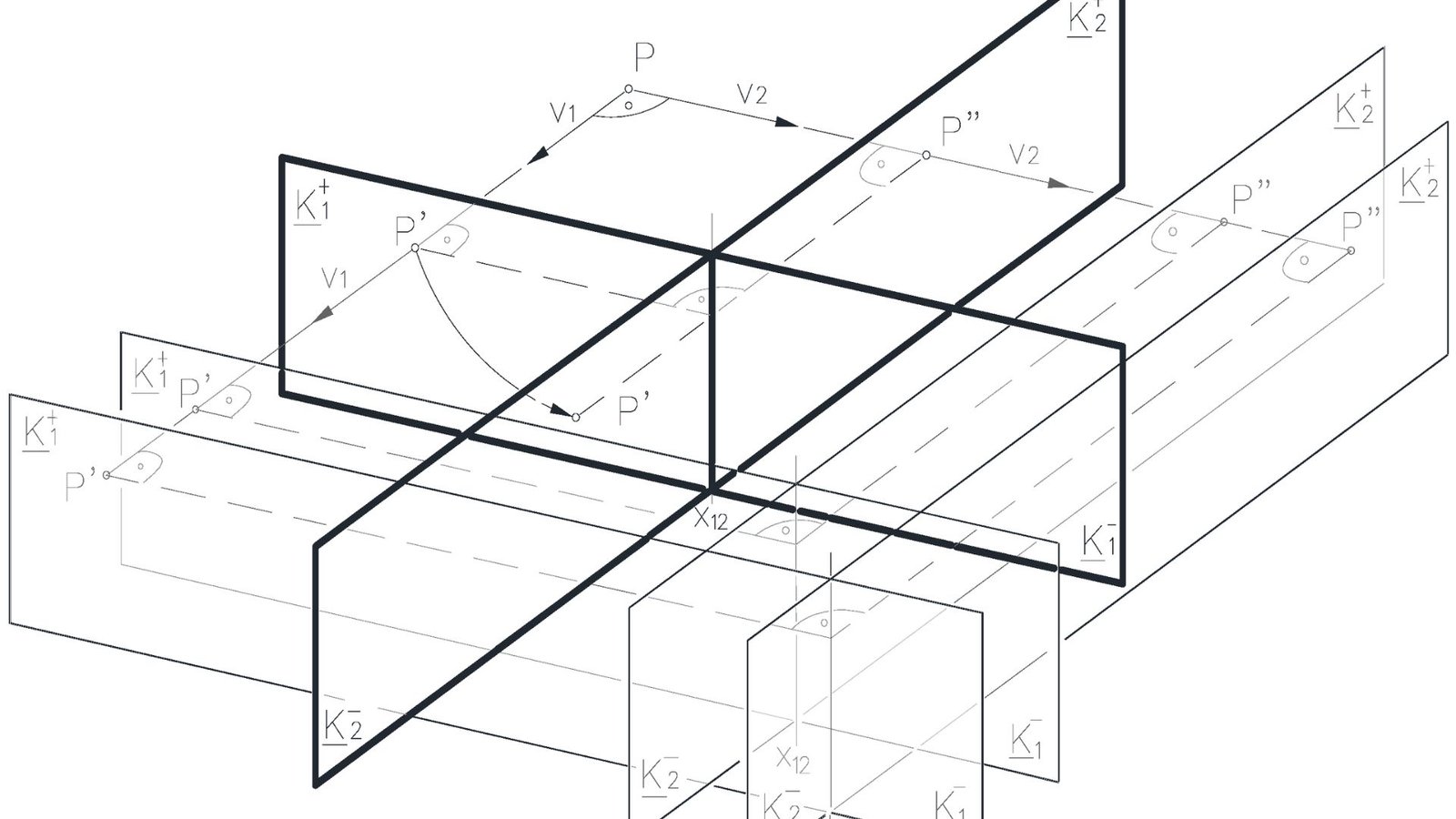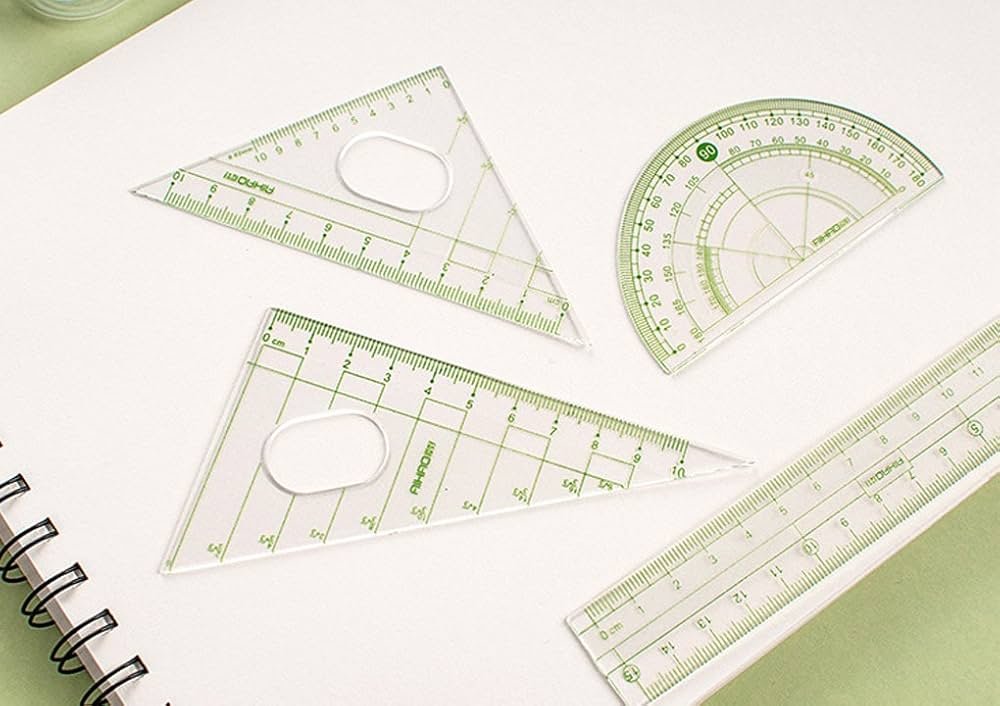Geometric informatics plays a critical role in computer vision, helping systems analyze and interpret spatial and geometric data. If you’re working on computer vision projects, understanding how to use geometric informatics in computer vision can significantly improve your outcomes. This article will guide you through various applications and techniques, making these concepts clear and actionable.
Understanding the Basics of Geometric Informatics in Computer Vision
To use informatics effectively in computer vision, it’s essential to grasp its fundamentals. Geometric informatics focuses on processing and analyzing geometric data, such as shapes, angles, and spatial relationships. In computer vision, these principles are applied to interpret 3D environments, detect objects, and understand scenes.
This foundational understanding helps in solving problems like identifying patterns in images or reconstructing 3D models from 2D data. By combining these concepts with computer vision algorithms, you can unlock a range of applications.

Applications of Geometric Informatics in Computer Vision
Geometric informatics has widespread applications in computer vision. For instance, it is used in:
- Object Detection and Recognition: Geometric features help systems identify objects in images and videos.
- 3D Reconstruction: Techniques like photogrammetry use geometric informatics to recreate 3D models from images.
- Pose Estimation: By analyzing spatial relationships, geometric informatics assists in determining an object’s orientation.
These examples highlight the importance of understanding how to use informatics in computer vision projects.
Key Techniques for Integrating Geometric Informatics
Feature Extraction
The first step in using informatics in computer vision is extracting features from data. Features like edges, contours, and points are essential for analyzing shapes and structures. Algorithms like Canny edge detection and Harris corner detection are commonly used for this purpose.
Shape Analysis
Shape analysis is another critical technique. It involves identifying geometric properties like symmetry, curvature, and topology. These properties are vital for recognizing objects and understanding their relationships within a scene.
Transformations and Projections
Transformations, such as translation, rotation, and scaling, help align data from different perspectives. Projections, like mapping 3D points onto a 2D plane, are commonly used in tasks like camera calibration and image stitching.
Benefits of Using Geometric Informatics in Computer Vision
Incorporating informatics into computer vision offers several benefits. First, it improves the accuracy of object detection by focusing on precise geometric features. Second, it enhances 3D reconstruction, allowing for more realistic models. Lastly, it provides a robust framework for spatial reasoning, essential for navigation and robotics.
Challenges in Applying Geometric Informatics
While the benefits are significant, using informatics in computer vision isn’t without challenges. One major hurdle is computational complexity, as some algorithms require significant processing power. Another challenge is noise in data, which can affect accuracy. Understanding these challenges helps in planning more efficient solutions.
Best Practices for Using Informatics in Computer Vision
- Start with High-Quality Data
Ensure your input data is clean and detailed. High-resolution images and accurate sensor readings improve outcomes. - Choose the Right Algorithms
Select algorithms that align with your project goals. For example, use specific methods for feature extraction and shape analysis depending on your needs. - Leverage Existing Libraries
Popular libraries like OpenCV and PCL offer tools for implementing geometric informatics techniques efficiently. - Test and Iterate
Validate your models regularly and refine them based on performance metrics to ensure reliability.
Conclusion
Understanding how to use geometric informatics in computer vision is essential for tackling complex problems in image analysis, 3D modeling, and spatial reasoning. By applying techniques like feature extraction, shape analysis, and transformations, you can enhance the functionality of your computer vision systems. Remember to address challenges like computational complexity and use best practices to achieve the best results.




